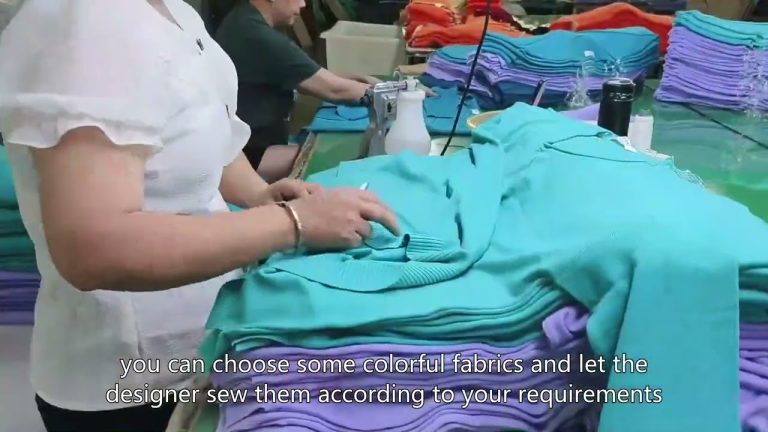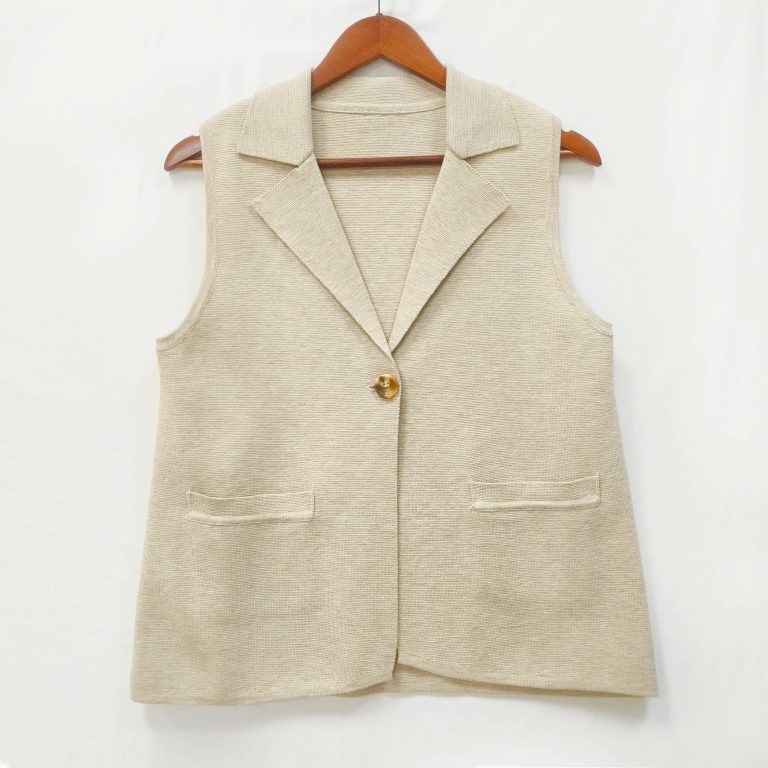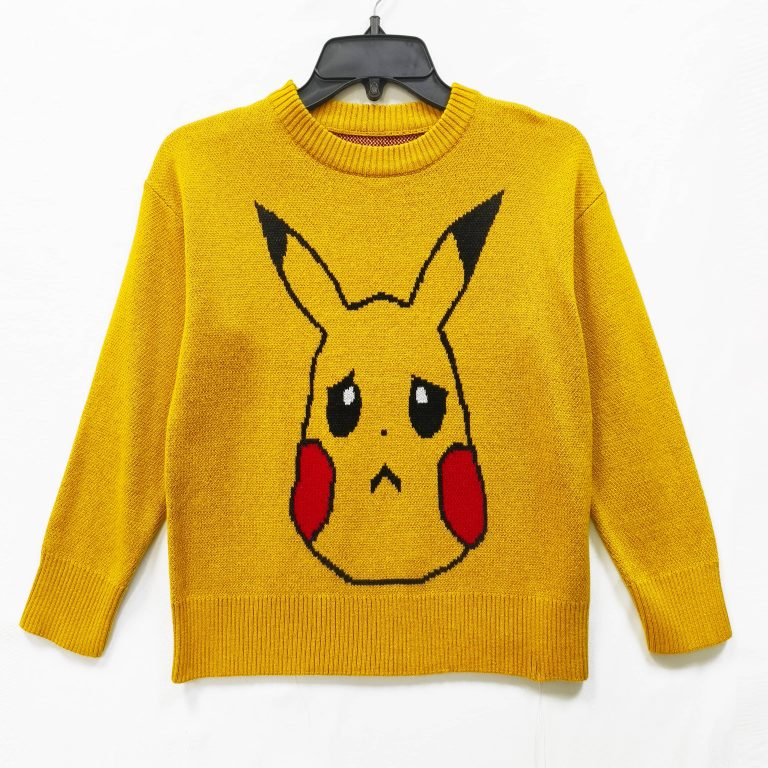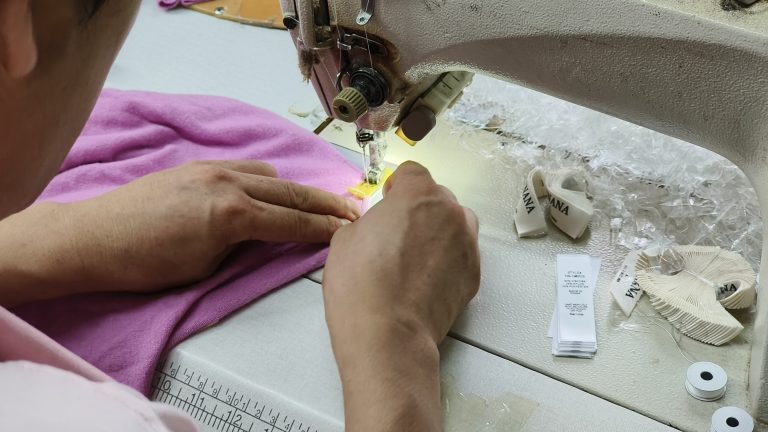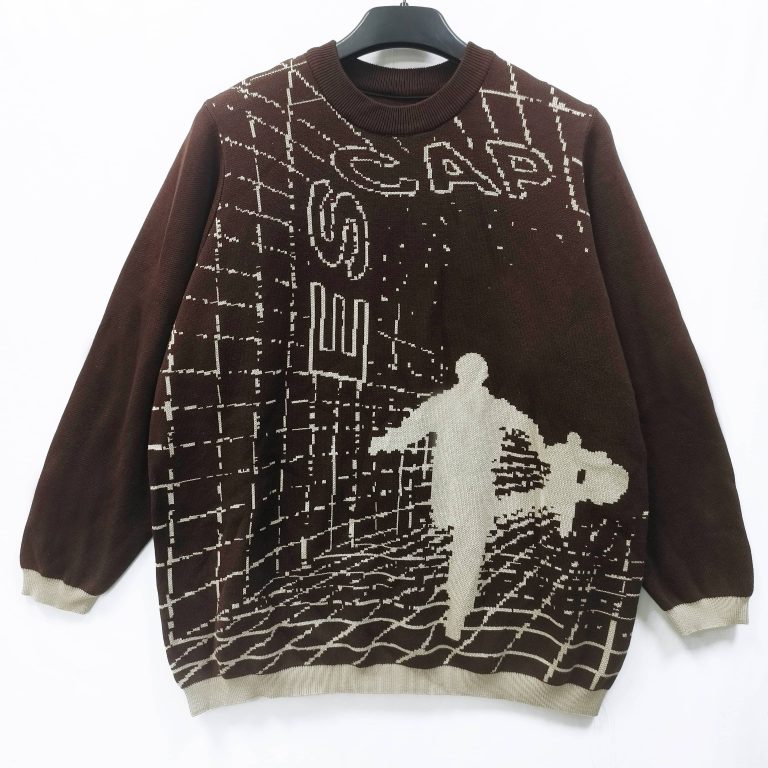Sustainable Practices in Women’s sweater manufacturing Facilities
Women’s sweater manufacturing facilities play a crucial role in the fashion industry, providing consumers with stylish and comfortable clothing options. However, the environmental impact of these facilities can be significant, leading to concerns about sustainability and ethical practices. In recent years, there has been a growing focus on implementing sustainable practices in women’s sweater manufacturing facilities to reduce their carbon footprint and promote ethical production methods.
One of the key aspects of sustainable practices in women’s sweater manufacturing facilities is the use of eco-friendly materials. Many manufacturers are now opting for organic cotton, bamboo, or recycled fibers to create their sweaters. These materials are not only better for the environment but also provide a higher quality product for consumers. By using sustainable materials, manufacturers can reduce their reliance on harmful chemicals and pesticides, which can have a negative impact on the environment and the health of workers.
| joker sweater manufacturer | baby sweater onesie Maker |
| hirka kazak Producer | parada erkek kazak manufacturer |
| tricot dresses Maker | men’s jacket sweater manufacturer |
| embroidered sweaters Producer | sweater customize manufacturer |
| knitwearvelvet Producer | cinch pullover maker |
| factory custom Producer | sweater hoodie anak Producer |
| fringe sweater maker | teddy fleece jumper Maker |
| jumper for Producer | sweaters knitted manufacturer |
In addition to using eco-friendly materials, women’s sweater manufacturing facilities are also implementing energy-efficient practices to reduce their carbon footprint. This includes using renewable energy sources such as solar or wind power, as well as investing in energy-efficient machinery and equipment. By reducing their energy consumption, manufacturers can lower their greenhouse gas emissions and contribute to a cleaner, more sustainable environment.
Another important aspect of sustainable practices in women’s sweater manufacturing facilities is ensuring fair labor practices. This includes providing safe working conditions, fair wages, and reasonable working hours for employees. Many manufacturers are now partnering with organizations such as Fair Trade USA to ensure that their workers are treated ethically and fairly. By prioritizing the well-being of their employees, manufacturers can create a positive work environment and build trust with consumers who value ethical production practices.
Furthermore, women’s sweater manufacturing facilities are also focusing on reducing waste and promoting recycling. By implementing waste reduction strategies such as reusing scraps of fabric or recycling old sweaters, manufacturers can minimize their environmental impact and create a more sustainable production process. Some facilities are even exploring innovative ways to upcycle old sweaters into new products, further reducing waste and promoting a circular economy.
Overall, sustainable practices in women’s sweater manufacturing facilities are essential for reducing the industry’s environmental impact and promoting ethical production methods. By using eco-friendly materials, implementing energy-efficient practices, ensuring fair labor practices, and reducing waste, manufacturers can create a more sustainable and responsible supply chain. Consumers can also play a role in supporting sustainable practices by choosing to purchase sweaters from manufacturers that prioritize sustainability and ethical production. Together, we can work towards a more sustainable future for the fashion industry and protect the planet for future generations.
Trends in Women’s sweater Manufacturing sites
Women’s sweater manufacturing sites have seen a significant shift in recent years as the demand for high-quality, ethically produced garments continues to rise. With consumers becoming more conscious of the environmental and social impact of their clothing choices, manufacturers are under increasing pressure to ensure that their production processes are sustainable and ethical.
One trend that has emerged in women’s sweater manufacturing sites is the use of eco-friendly materials. Many manufacturers are now opting for organic cotton, bamboo, or recycled fibers to create their sweaters. These materials are not only better for the environment but also provide a higher level of comfort and durability for the wearer. By using sustainable materials, manufacturers are able to appeal to a growing segment of consumers who prioritize eco-consciousness in their purchasing decisions.
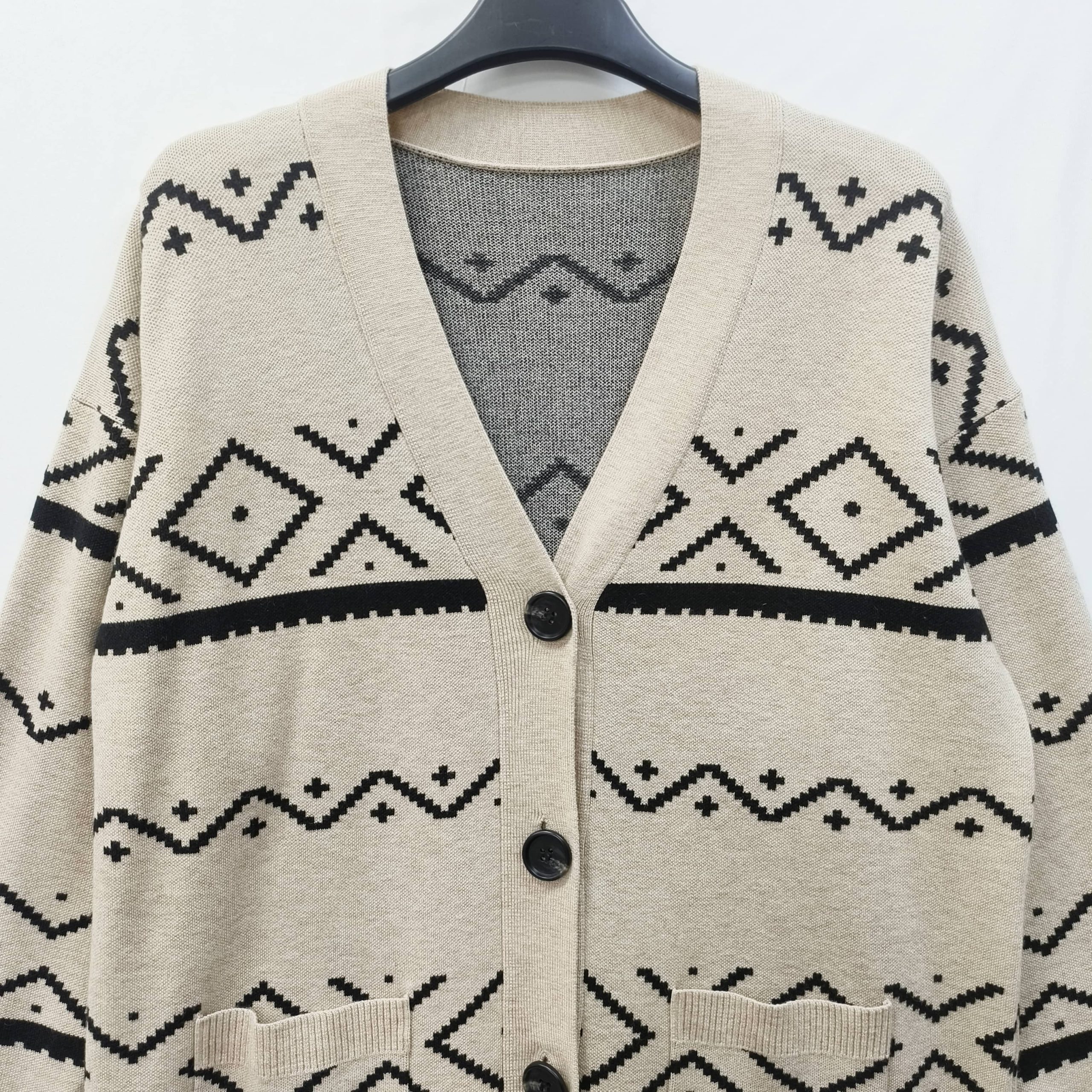
Another trend in women’s sweater manufacturing sites is the implementation of fair labor practices. In response to growing concerns about worker exploitation in the fashion industry, many manufacturers are taking steps to ensure that their employees are treated fairly and paid a living wage. This includes providing safe working conditions, reasonable hours, and access to benefits such as healthcare and paid time off. By prioritizing the well-being of their workers, manufacturers are able to create a more positive and ethical work environment, which ultimately leads to higher-quality products.
One of the most significant trends in women’s sweater manufacturing sites is the rise of automation and technology. With advancements in machinery and software, manufacturers are able to streamline their production processes and increase efficiency. This not only reduces costs but also allows for greater precision and consistency in the finished product. By incorporating automation into their manufacturing sites, companies are able to produce sweaters at a faster pace without sacrificing quality.
| Number | Product classification | Fabric selection | Supply model |
| 1-1 | sweaters spring | MODAL | sweater production factory |
In addition to these trends, women’s sweater manufacturing sites are also focusing on creating more customizable and personalized products. With the rise of e-commerce and direct-to-consumer brands, manufacturers are now able to offer a wider range of styles, colors, and sizes to cater to individual preferences. This level of customization not only enhances the shopping experience for consumers but also allows manufacturers to reduce waste by producing only what is in demand.
Overall, the trends in women’s sweater manufacturing sites reflect a growing awareness of the importance of sustainability, ethics, and innovation in the fashion industry. By embracing eco-friendly materials, fair labor practices, automation, and customization, manufacturers are able to meet the evolving needs of consumers while also reducing their impact on the environment. As the demand for ethically produced clothing continues to grow, it is likely that these trends will only become more prevalent in the future.

